The silicon sphere is a target that is a stand-in for the electronics being protected from radiation by the shield.
The energy deposition concept applies to the sphere: the less energy deposition [in the sphere], the better the shielding must have been.
The article snippet implies that the primary radiation source, external to the shield, can cause secondary emission from the shield material. This secondary emission varies depending on shield materials and thicknesses. For example, with an aluminum shield, thicknesses above 10g/cm^2 have secondary proton emission that the effective dose received by the target sphere is higher.
